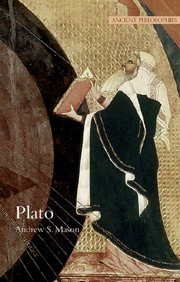2 - Plato's development and Plato's Socrates
Summary
Two puzzles
Two major problems confront anyone who wants to study Plato's philosophy. First, Plato's writing career lasted at least fifty years, and it is reasonable to think that there were some changes in his views during that time. But how radical were the changes, and to what extent can we trace the development of his thought? Can we use positions expressed in one dialogue in interpreting another?
This problem is particularly acute because we have no direct evidence on when each of his works was written. Occasionally it may be possible to date a work by a reference to a real world event, or to find in one dialogue a reference to another, which enables us to determine the order in which they were written. Many scholars have believed that they can trace, by scientific means, the development of Plato's style, which allows them to work out the order of his works (see Brandwood 1992), but it is highly controversial how much this method can show. Often, therefore, hypotheses about the order of the works depend on theories about how his thought might plausibly have developed; but this obviously produces a danger of circularity.
Some interpreters stress the unity of Plato's thought. Others focus more on differences between the dialogues. One influential theory sees his thought as falling into three periods.
- Type
- Chapter
- Information
- Plato , pp. 15 - 26Publisher: Acumen PublishingPrint publication year: 2010



